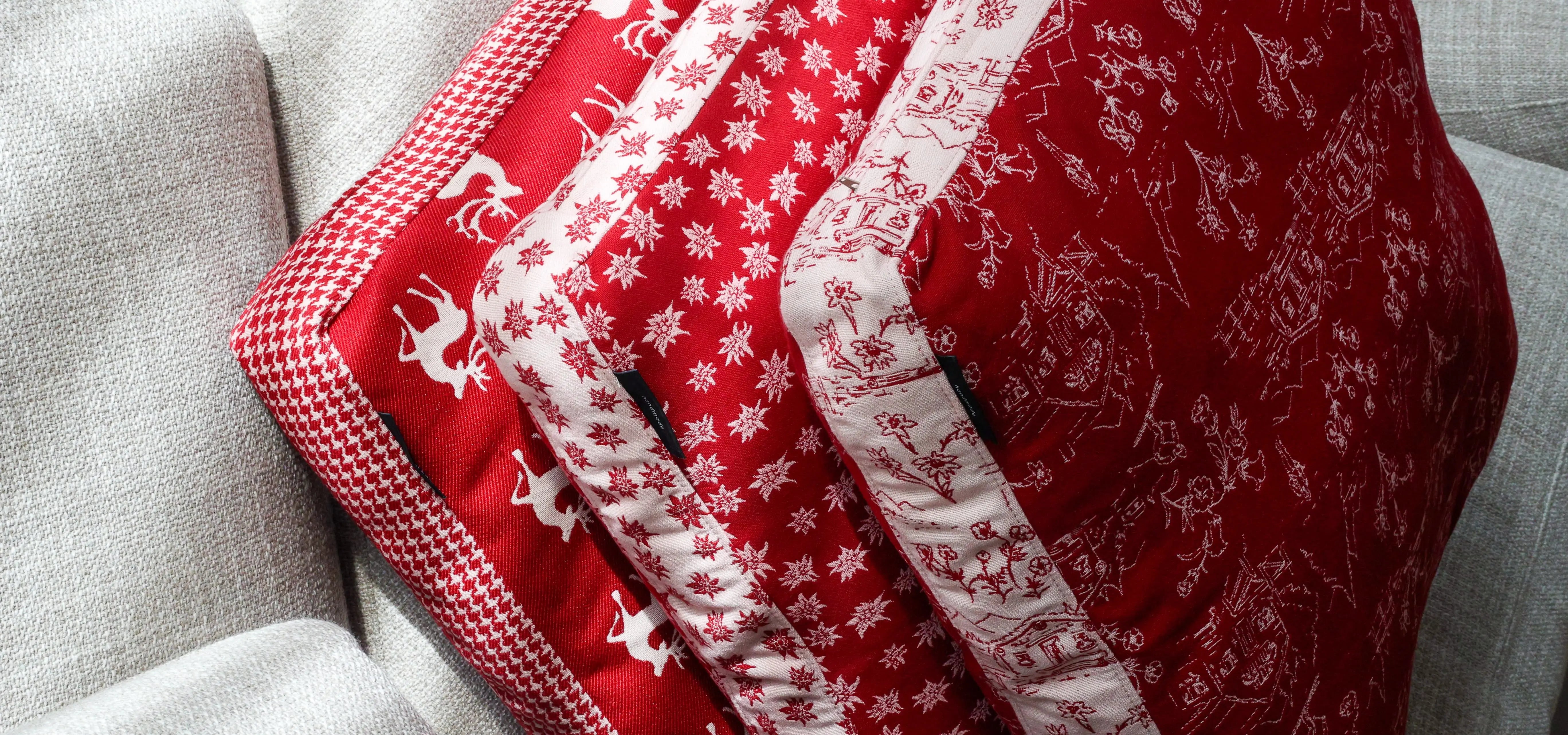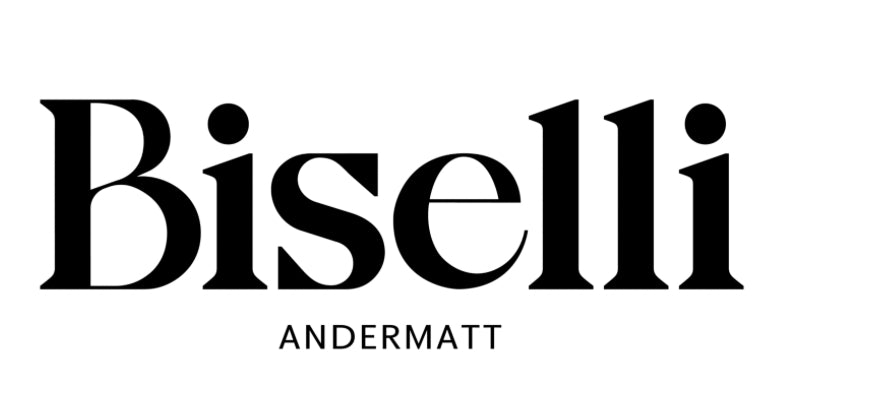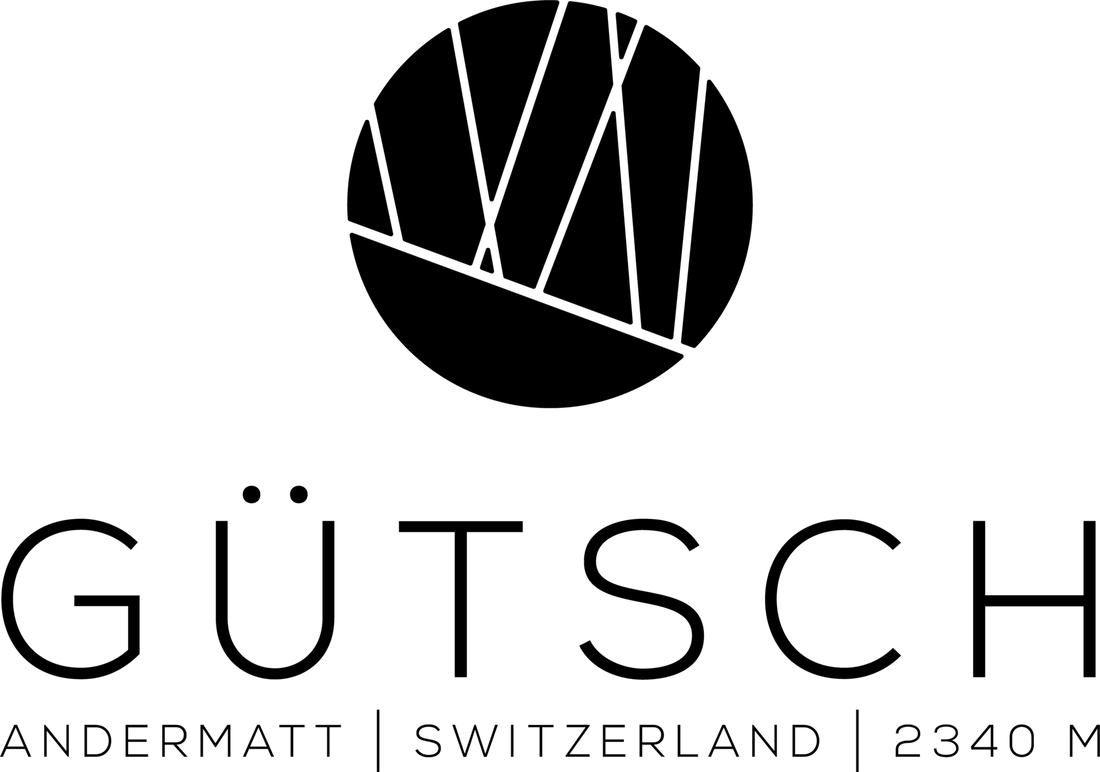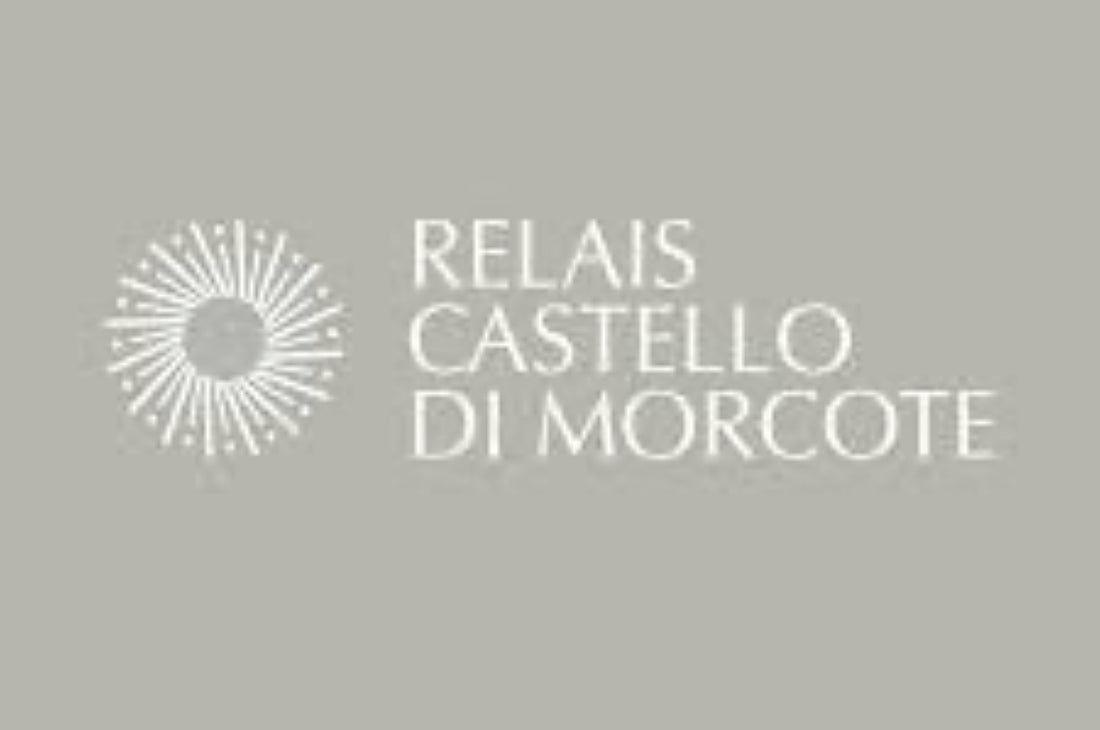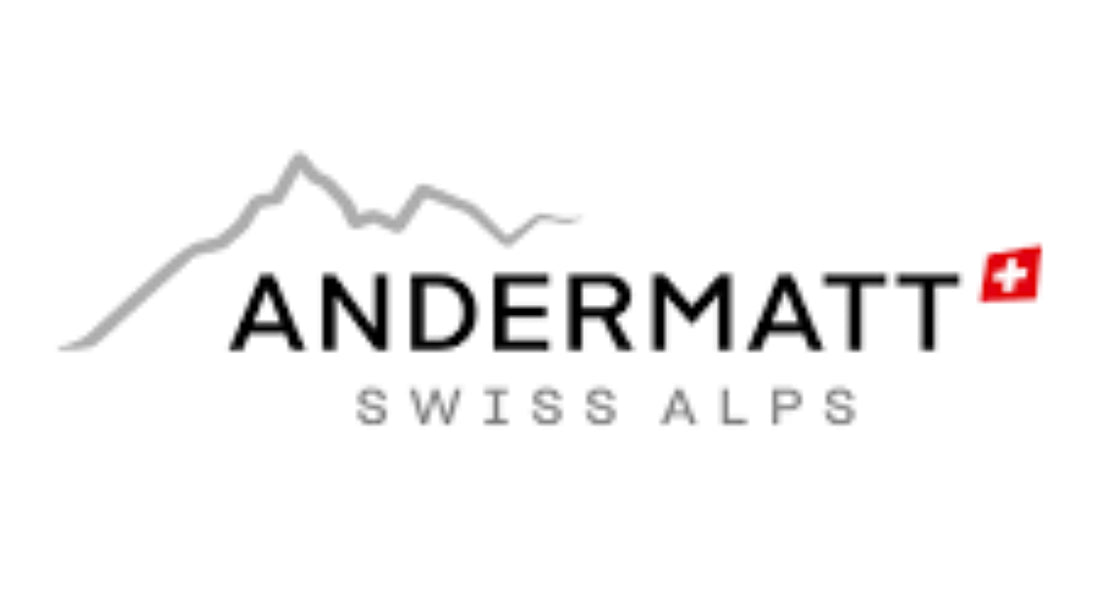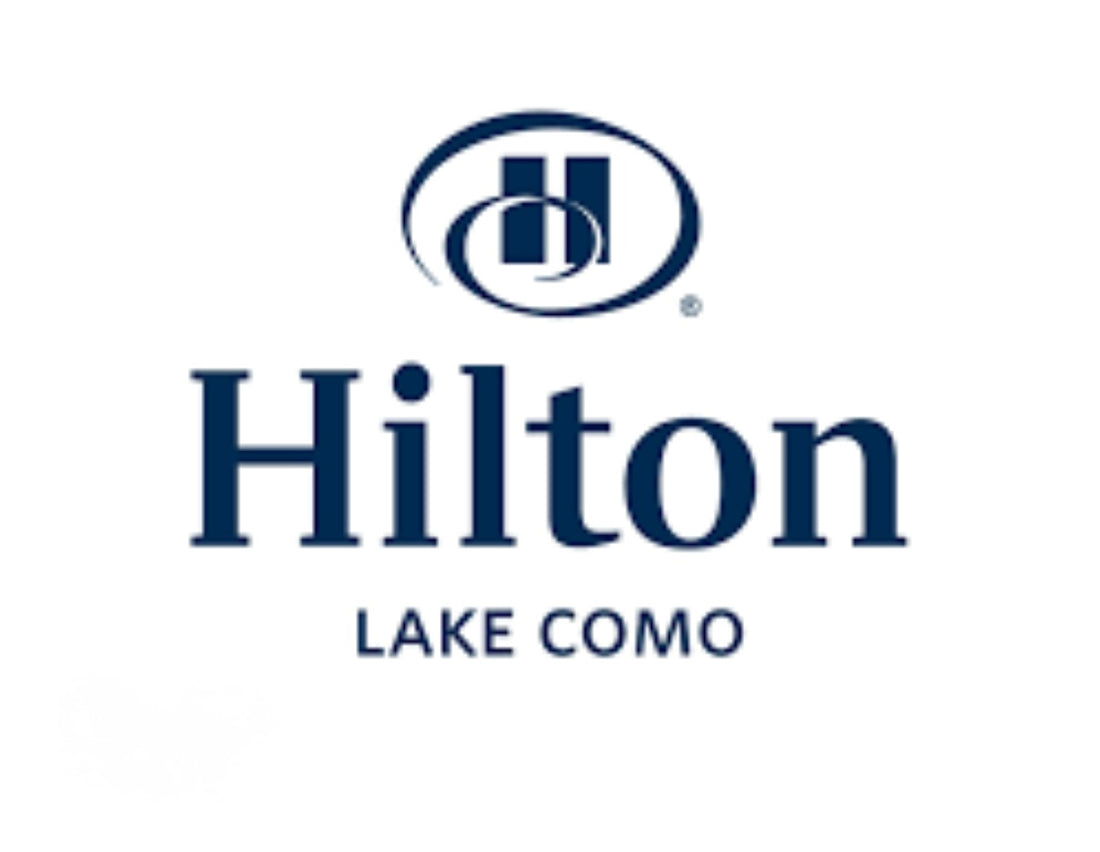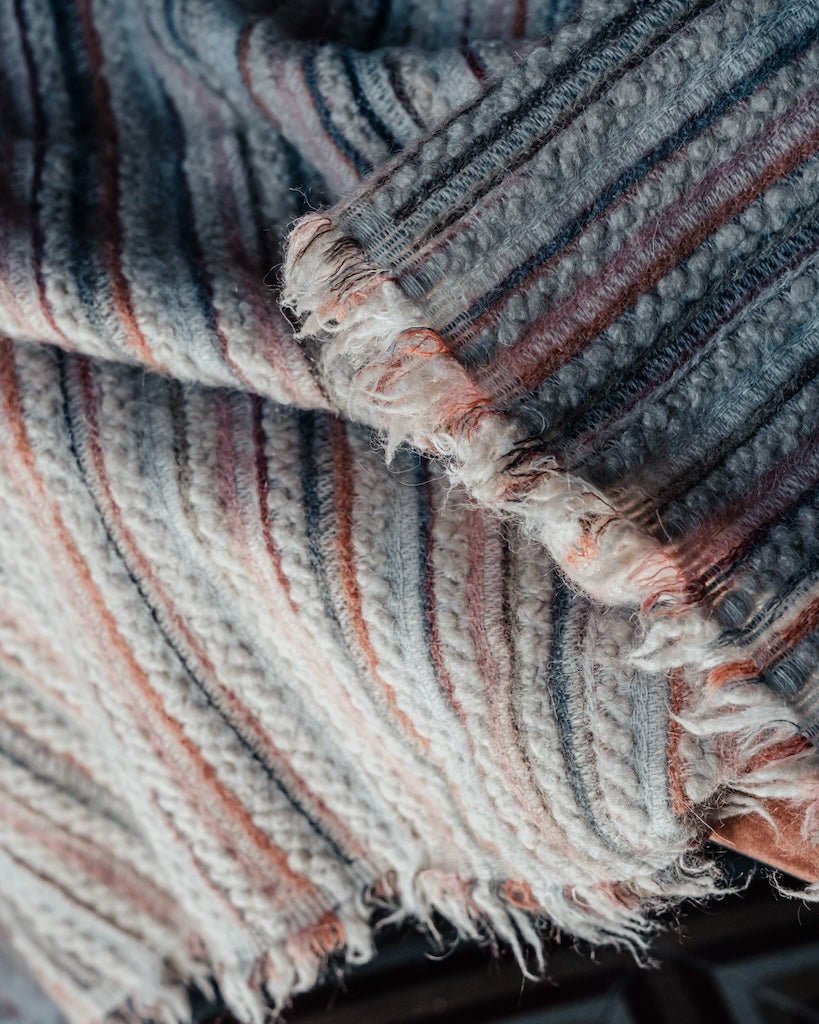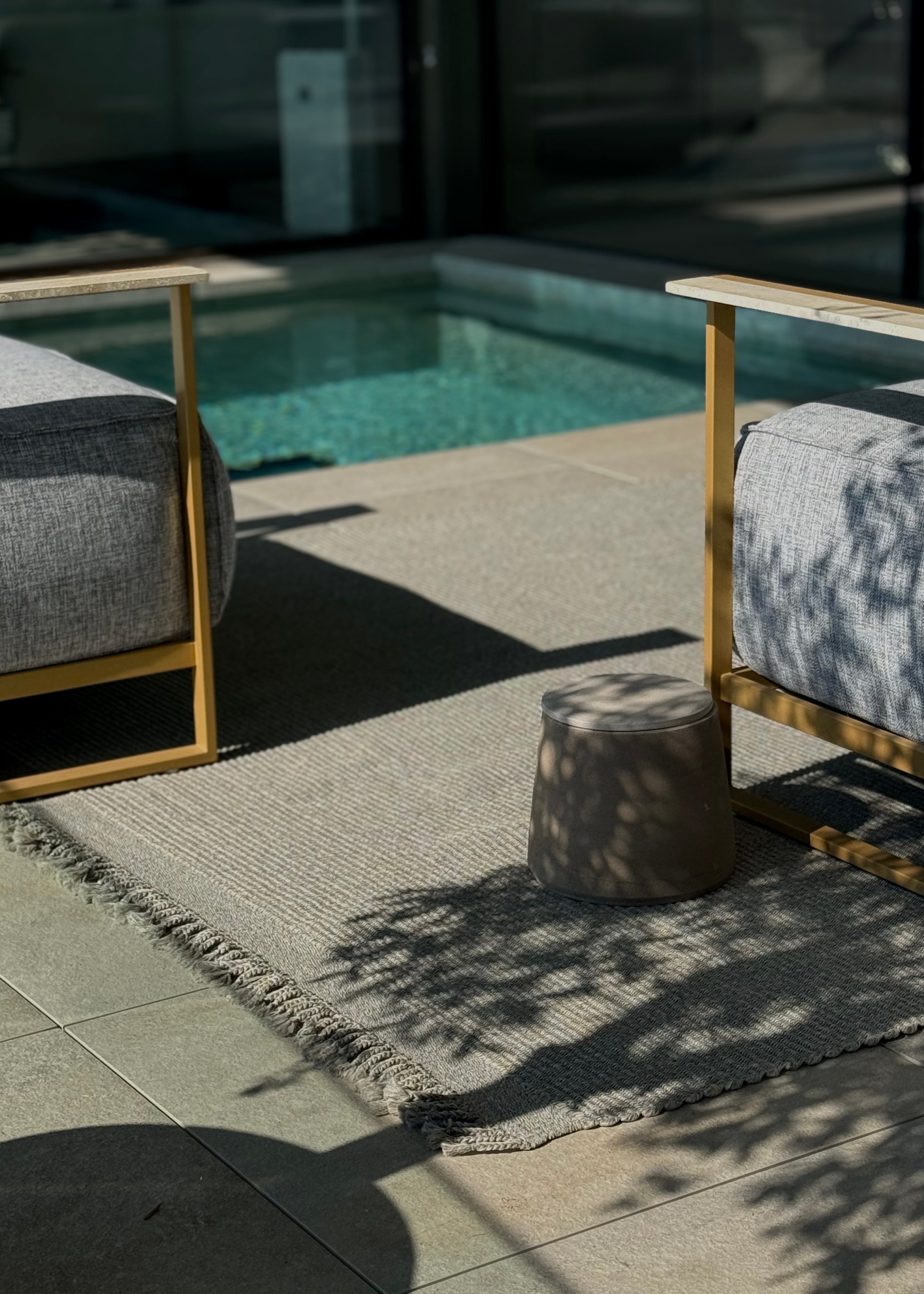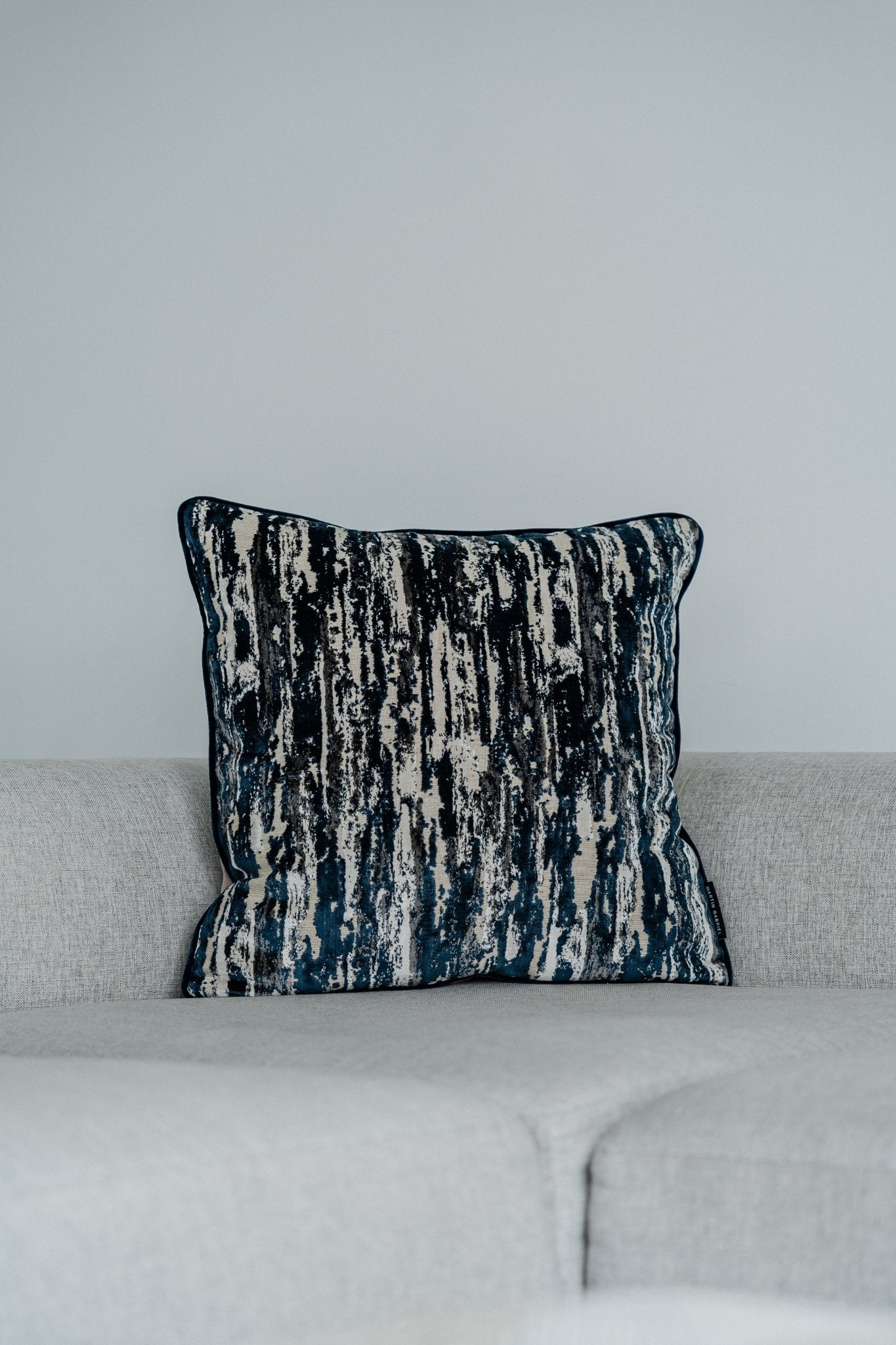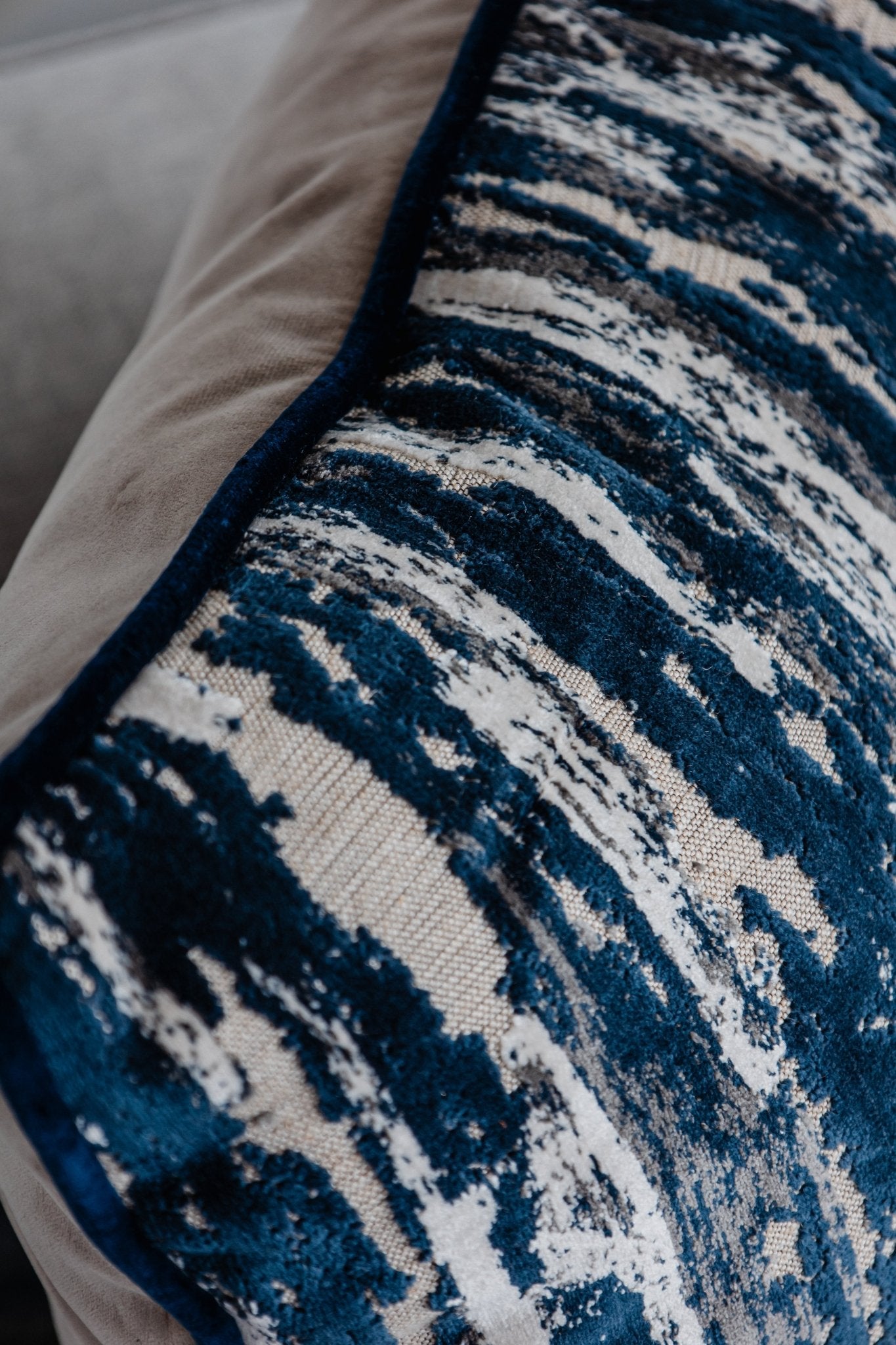The day begins early. The air smells of resin and wet stones, cows wander slowly past your fence, and a thin wisp of smoke rises into the sky from behind the neighboring house's gabled roof. In the Swiss Alps, serenity isn't a trend, but a way of life. Those who live here don't measure the value of the day by completed emails, but by clear light, reliable hands, and the changing seasons.
Between summits and serenity: everyday life, culture and enjoyment
The Alpine way of life arises from the interplay between altitude and closeness. Closeness to people, animals, and traditions. Altitude as a constant reminder that weather, terrain, and time impose limits. These limits create freedom. Those who cultivate a slope lose track of time. Those who drink an espresso in the village square quickly learn that a brief greeting can spark a long conversation.
Lifestyle here means sensitivity: for nature, for one's neighbor, for the materials one works with. Wood, stone, milk, wool. Those who make a living from it combine respect with thoughtful simplicity.
Values that sustain everyday life
- Take time seriously, without letting yourself be rushed.
- Quality over quantity
- Honest materials, little frills
- Care in work, food, and hospitality
- Enthusiasm for the obvious: water, bread, cheese, sun, shade
These values are not a romantic notion, but a decision made anew each day. A house doesn't become pretty because it's old. It becomes beautiful because it's well cared for.
Languages as a home
Four national languages shape the Alpine regions: German, French, Italian, and Romansh. One valley can sound like a different country. Greetings are small keys.
- German-speaking valleys: Grüezi, Grüessech, Hoi
- Western Switzerland: Bonjour, Salut
- Ticino: Buongiorno, Ciao
- Graubünden: Allegra, Buna sera
Those who greet others open doors. Those who listen hear differences: Walser dialects, Engadine melodies, the soft Italian of the Maggia Valley. Language is both identity and invitation.
Architectural culture: Between sgraffito and shingle
The houses tell stories. Stables on stilts, Engadine houses with sgraffito ornaments, Vals wooden buildings, darkened by sun and time. Overhanging roofs keep out the rain, thick walls cool in summer and warm in winter. This isn't nostalgia, but function.
Principles that are often seen:
- Building with what's available: larch, Swiss pine, granite, limestone
- Dense village centers instead of urban sprawl
- Renovate instead of demolishing, adapt instead of bending.
- Slim technology, robustly designed
In many valleys, workshops are emerging that combine ancient knowledge with new forms. A door that closes tightly in winter, a window that casts a shadow, a floor that creaks and holds. Beauty arises from use.
Food as a lived culture
When people think of the Alps, they think of cheese. But the culinary offerings are diverse. Dried meat in Valais, capuns in Graubünden, polenta in Ticino, alpine cheese and butter that taste of meadows. The cuisine is down-to-earth, yet refined in its balance.
A few basic principles:
- Season matters: Spring herbs, summer berries, autumn mushrooms, winter dishes from the pantry
- Short distances: What the alpine pasture provides finds its way onto the plate.
- Time for eating together, without distractions
An evening might look like this: bread from the wood-fired oven, raw milk cheese from the neighboring valley, sun-kissed tomatoes, a glass of Dôle or a Merlot from Ticino. And conversations that don't watch the clock.
Working on the alpine pasture
The alpine pasture is a workplace, not a backdrop. Those who move up there in the summer live with herds of animals for several months. The daily routine:
- 04:30 Milk
- 06:00 Cheesemaking, bread baking, checking the brine bath
- 10:00 Check fences, repair watercourses
- 13:00 Midday rest, tool maintenance
- 15:00 Second milking time
- 7:00 PM Check round, weather check
The production process is strenuous yet fulfilling. A wheel of cheese is a landscape preserved in time. You can taste the altitude, the herbs, the rock.
Traditions like the ascent and descent of the alpine pastures are more than just folklore. They mark transitions, foster community, and give animals and people a ceremonial start to new phases. Bells, fir branches, flower wreaths, lots of laughter, sometimes rain. It's all part of it.
Exercise that feels good
People in the Alps are very active. Not just as a sport, but as part of their everyday lives. Stairs instead of elevators, carrying instead of rolling. This has an effect on both body and mind.
Popular activities:
- Hiking on well-maintained trails
- Mountain running and trail running for those who want a higher heart rate
- Climbing and via ferrata
- Ski touring and snowshoeing
- Cross-country skiing in wide valleys
- Bicycle, gravel bike, racing bike or e-bike
Those who are out and about follow rules that have become established:
- Respect paths, close pasture gates
- Keep dogs on a leash and observe livestock protection regulations.
- Respect wildlife resting areas
- Take your rubbish with you
- Greet politely, even if you're short of breath.
Seasons as pacemakers
Spring smells of new beginnings. Water rushes in the streams, the first crocuses push through. In summer, the grass stands tall. The heat is different than in the lowlands, drier, clearer. In the evenings, lines of thunderstorms move across the ridges, and the air afterwards is as fresh as new.
Autumn is a grand spectacle of gold and copper. Larches don their festive attire, grapes ripen on the southern slopes. Winter brings stillness and precision. Sounds mute, paths become clear, stars draw closer. Each region has its own activities, its own food, its own light.
A thought that often comes up is: You work with what time allows. Build in summer, plan in winter. Harvest in autumn, sow in spring. The patience that grows from this makes many things easier.
Modern working environments in old valleys
Fiber optic internet has reached a surprisingly large number of villages. Co-working spaces are now open in Andermatt, Brig, Davos, and Samedan. Meetings in the morning, a quick climb in the afternoon, and the village choir in the evening. It's possible. And it requires discipline.
Questions to ask yourself:
- How can housing remain affordable when second homes create pressure?
- How do you protect the character of places without blocking new ones from being created?
- How can hospitality remain genuine without becoming mere window dressing?
Many communities respond with smart land policies, quotas, and a vibrant community life. Newcomers are invited to participate. A festival always needs hands to stack wood, carry tables, and cut cakes.
Festivals and rituals throughout the year
The list is long and delightful. Here are a few examples that make the feeling tangible:
- Chalandamarz in the Engadine, at the beginning of March, to drive out winter
- Désalpe in western Switzerland, when the cows return to the valley
- Swiss wrestling on green rings, strong, fair, with tradition
- Hornussen, idiosyncratic and precise
- Livestock shows where breeding and pride don't boast, but shine brightly.
- Silvesterchläuse in Appenzell: singing, costumes, rhythm
These festivals weren't invented for cameras. They work because they resonate with the people. Anyone who attends as a guest quickly realizes how much attitude matters: not pushing in, not lecturing, pitching in when help is needed.
Flavors that linger
The Alps taste different depending on altitude, valley, and wind. A few images to savor:
- Engadine: Nut tart, Bündnerfleisch (air-dried beef), barley soup
- Valais: Raclette, apricots, Heida wine from old vines
- Ticino: Risotto with lotus rice, chestnuts, Luganighe
- Bernese Oberland: Alpine cheese, meringues with double cream
- Central Switzerland: Alpine macaroni, pear bread, cherry
A brief overview will help here.
| region | Language | Signature Court | Architectural detail | Pace in everyday life |
|---|---|---|---|---|
| Graubünden | German/Romansh | Capuns, Pizzoccheri | Sgraffito, Engadine House | Uniformity, clear |
| Valais | German/French | Raclette, dried meat | Storage on stilts | Slowly, sunny |
| Ticino | Italian | Polenta, risotto | Stone slab roofs | Lively, warm |
| Bernese Oberland | German | Alpine cheese, Rösti | Chalets with wide roofs | Deliberate, steady |
| Central Switzerland | German | Alpine macaroni | Wooden shingles, sheds | down-to-earth, calm |
The differences are not absolute. However, they show how much diversity is contained within a manageable space.
Tenses: slow, deliberate, focused
The alpine way of life has three concepts of time that one learns quickly:
- Seasonal time: Calendar of work, harvest, festivals
- Time of day: light, shade, temperature, noise level
- Weather time: When a thunderstorm is forecast, the plan is changed.
Those who live by this principle organize themselves differently. Tasks are grouped, routes are planned, and reserves are built in. This creates calm. It reduces pressure because flexibility is factored in.
Traveling with purpose
Traveling in the Alps has its own unique style. The yellow postal buses wind their way safely through valleys, trains glide by on time, and mountain railways open up to higher altitudes without any rush. Those who respect this pace pack their luggage in two light bags, fill their water bottle with spring water, and leave everything else at home.
A few useful tips:
- Train and postal bus connect almost every village
- Book hut tours early, bring a sleeping bag liner.
- Keep still during breaks in wildlife rest areas
- Clear weather rules: Do not go onto ridges during thunderstorms.
- Shopping in the village strengthens exactly the kind of shops you want to see there.
Small gestures with a big impact
- Greetings, not shouts
- Clean shoes at the front door, especially on wooden floors
- Use water sparingly, but drink it without hesitation if it is labelled as drinking water.
- Separate waste, return glass and PET
- Have cash or card ready; small shops appreciate cash.
Those who come with this attitude will never just be guests. They will become fellow human beings, at least temporarily.
Crafts today
The new workshops smell of oil, wood, and curiosity. Knives made of local steel, furniture of Swiss pine, textiles of sheep's wool, natural paints that allow the walls to breathe. Young companies use digital planning without forgetting the materials. A chair must support weight, a tile must lie flat, a roof must hold. Everything else is decoration.
The cooperation with agriculture and tourism is noticeable. A guesthouse sources bread from the village, cheese from the alpine pasture, meat from the valley, and beer from the small brewery by the lake. The added value remains and strengthens what we later call quality of life.
Nature and protection
Alpine regions are fragile. Paths that have lasted for decades are destroyed if water flows incorrectly. Forests protect against avalanches, and pastures stabilize slopes. The conservation strategies are pragmatic: forest management, wildlife sanctuaries, grazing regimes, hydraulic engineering, and avalanche barriers. Behind these measures are people who know their valleys. They work with maps, sensors, and intuition. Both are essential.
Two ideas for exciting rounds without stress
Northeast variant:
- Zurich to Sargans, then on to Prättigau
- Two days in Davos and the Sertig Valley, with a mountain hut as a base
- Bernina line to Poschiavo, Italian coffee in the square
- Via the Lukmanier Pass towards Disentis, monastery visit, quiet paths
Southwest variant:
- Lake Geneva shore, Montreux, Lavaux vineyards on foot
- Martigny, then into the Val de Bagnes
- Hike to the alpine pasture, cheese tasting directly at the dairy.
- By train via the Lötschberg axis to the Bernese Oberland, evening at Lake Thun
Both routes can be done without a car and with minimal luggage. Those who shop in the village along the way can take a piece of the region home with them.
A glimpse into the kitchen of the times
Imagine a small dairy. Three copper kettles, a wood-burning stove burning evenly, the smell of freshly cut milk. The dairymaid's hands are steady, her movements precise. The thermometer is important, but her intuition is more crucial. As the curd settles, she talks about the pastures, which are laden with thyme this year. It will be a fragrant summer.
Later at the inn, the innkeeper approaches the table. There's no elaborate menu: two appetizers, three main courses, and a cake. You don't choose because there's little, but because every choice is good. Behind the house is the herb garden, and the cook's bicycle leans against the fence. The evening belongs to the voices drifting from the parlor.
Places that keep the beat
A village square with a fountain. One bench in the sun, another in the shade. The school next door, the town hall opposite, the church whose bell is no louder than the laughter on the steps. A shop that not only sells but also collects news. The post bus arrives on time, a hand is raised in greeting. Nothing spectacular. And that's precisely the point.
What remains
The Alpine way of life is not a postcard. It is a practiced eye for what is close at hand and a clear decision for quality and moderation. Life is not lived more slowly, it is lived more consciously. It is not about being against new things, but about remaining true to the principles that sustain us when the winds change.
Those who experience this carry it into their daily lives. Perhaps in the form of a morning routine that starts a little earlier. Perhaps as a regular walk after meals. As a quiet table without a mobile phone. As a DIY project on the weekend. As a desire for bread that takes time to bake, and conversations that linger in the mind.
A morning with Carlo, a mountain guide from Ticino
It's 5:15 a.m., the espresso is poured into a small cup that smells strongly of porcelain. Carlo checks the weather forecast, traces a line across the ridge with his finger. The guests are still asleep. He knows the wind will shift around noon. So he's setting off early. Into his backpack go a rope, helmet, some dry sausage, bread, tea, and an apple. No need for long speeches.
He speaks softly as he climbs. About the chestnut groves where he played as a child. About his father, who taught him never to rush, even on the path. At the top, he takes off his helmet, looks around, and nods. As the first clouds appear, the descent is brisk. Down in the village, the bar awaits, already full of people at eleven o'clock who aren't in a hurry.
It's a perfectly ordinary day. That's precisely where its specialness lies.




